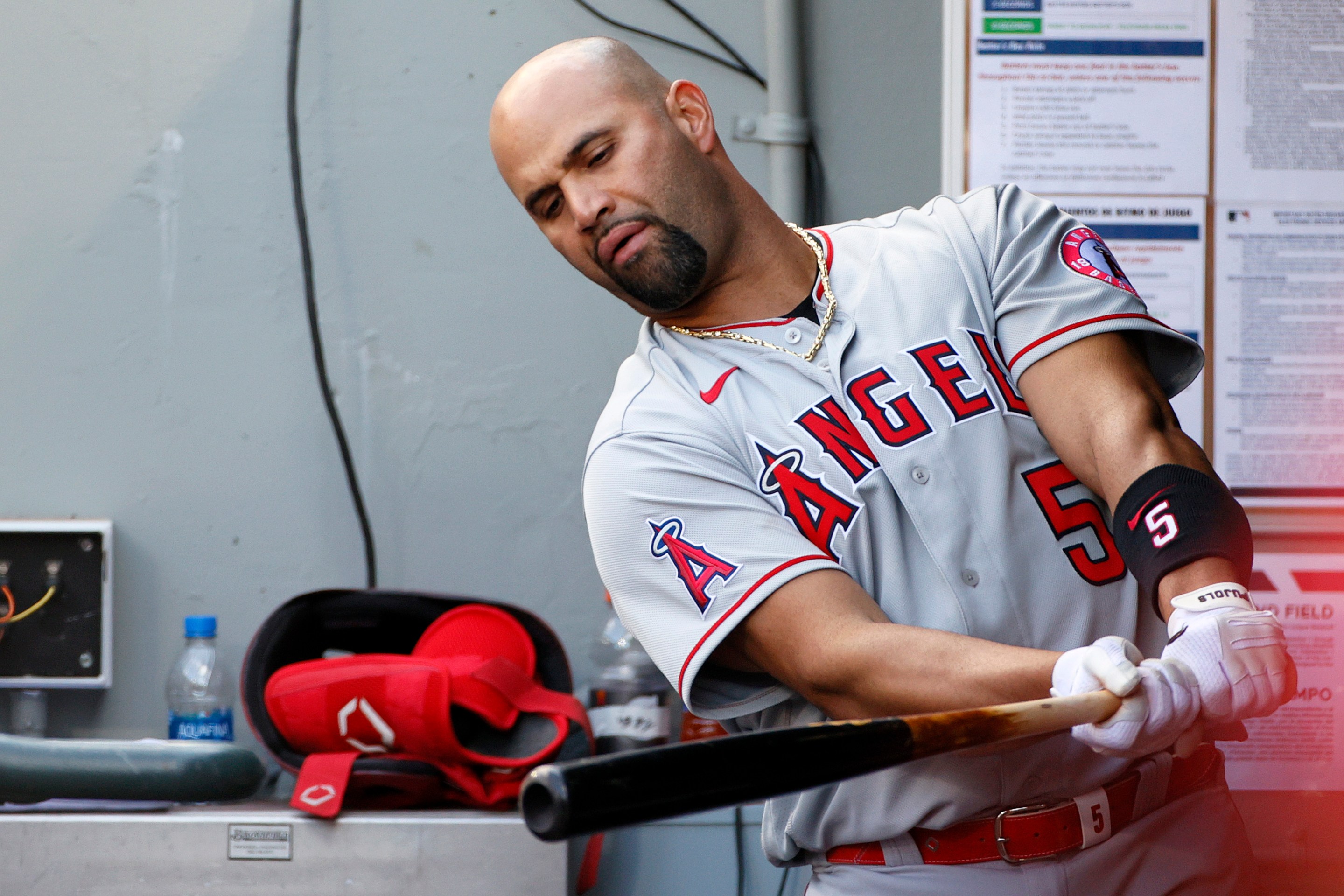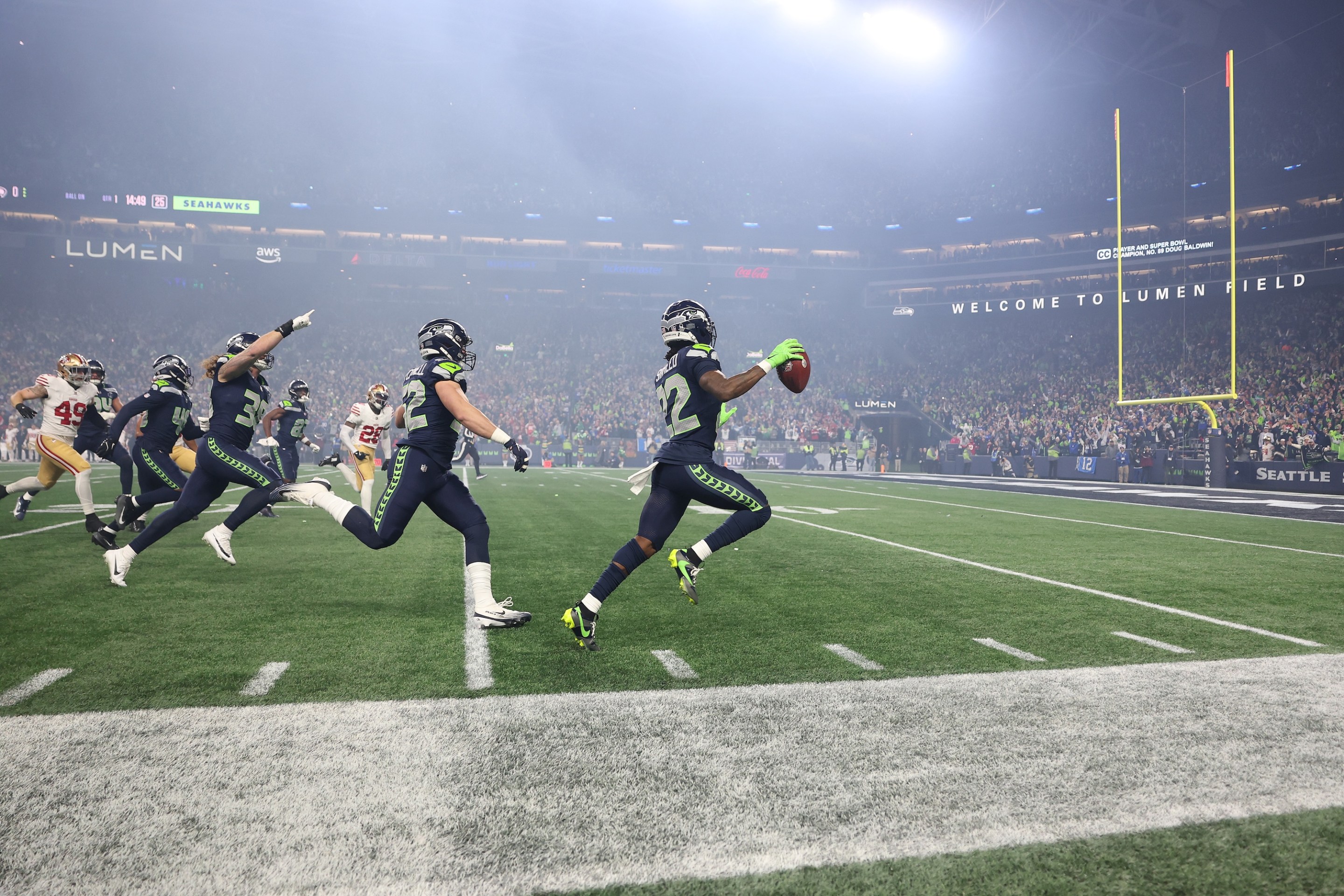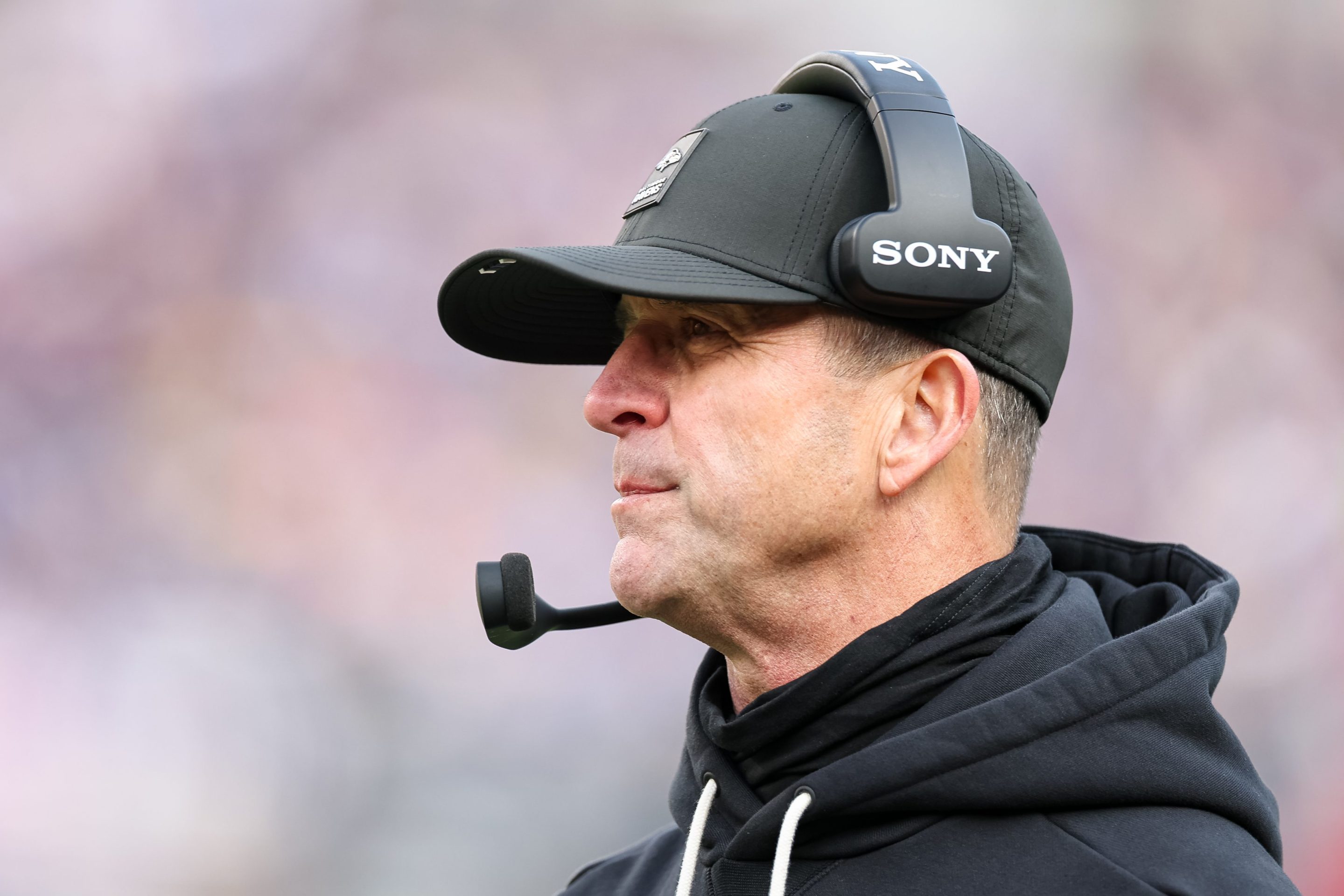Defector has partnered with Baseball Prospectus to bring you a taste of their work. They write good shit that we think you’ll like. If you do like it, we encourage you to check out their site and subscribe.
This story was originally published at Baseball Prospectus on May 19.
Imagine for a moment the career of Negro Leagues outfielder Charles “Chino” Smith transported to the present-day major leagues. Smith was a Hack Wilson type: Short, powerful, and pugnacious. A native of South Carolina, Smith first played as a professional with the Brooklyn Royal Giants in 1925. For the next five years, he rampaged across the game, establishing himself as one of the greatest hitters in the history of segregated baseball. The stats we have are incomplete, but the 909 games we do have are stunning: A .405 average, a .694 slugging percentage. And then he died.
Had Smith played under the current system of player compensation, his entire professional experience would have come under team control. He would have put up a half-dozen 10-WAR seasons and departed this vale of tears on the verge of having reached free agency and thereby compensation that truly reflected his abilities. All of those seasons would have earned him a fraction of what his skills would have commanded on the open market. “Sell when you can,” Shakespeare’s Rosalind sneers at a reluctant bride in As You Like It, “you are not for all markets.” That is truer of ballplayers than anyone, and yet they are forbidden to do so. That’s why, when an Albert Pujols sputters to the end of his career after the Los Angeles Angels gave him an ill-considered 10-year, $240 million deal when he was going on 32, one must not give in to the temptation to ask, “Was this a terrible contract? Was this the worst contract of all time?” Because that evades a crucial consideration: Bad contract for whom?
Player careers are over in the blink of an eye, and they’re going faster all the time. In 1999, 89 position players 30 or older had 400 or more plate appearances out of a total of 206 such players. In 2019, there were only 58 elder players out of 209. In the same span the percentage of pitchers over 30 throwing 50 or more innings dropped from 136 of 319 (43 percent) to 117 of 330 (35 percent). When it comes to all but the best players, front offices have finally accepted the reality of the aging curve and discounted paying a premium for veteran sangfroid when a kid can be just as productive at a lower price. The pressure to make it to the big payday before you age out is enormous: If you’re a back-of-bullpen reliever or a standard-issue middle infielder coming up at 25, chances are you’re not going to get there. The basic structure of free agency, established via contentious collective bargaining in the 1970s and 1980s, was geared towards rewarding players in their maturity. That model is now outmoded. The player is restricted until he’s proved himself either a star or one of roughly interchangeable dozens. A player may still make very good money by present-day standards, but not what he would have had he, like all the other skilled workers in America, been able to shop his skills and accept the best offer before being pigeonholed.
In baseball as in life, there is allure in mystery. If you can’t be great, at least be promising. You might be able to get away with the family silver before they figure you out. Front offices now don’t let a player even sniff the silver unless they’ve established some high-grade utility value.
Albert Pujols burst on the major league scene in 2001, hitting .329/.403/.610 and winning the National League Rookie of the Year. He made $200,000. We could concede that this was his proof-of-concept season, his paying-your-dues year. That only stretches so far. It can’t explain away his making $600,000 in year two except that the Cardinals were under no pressure to pay him more. Veteran players in Pujols’ 6.6-WARP class that year included Mike Piazza ($13.6 million), Larry Walker ($12.1 million), and Vladmir Guerrero: Original Flavor, who was still under team control but further along the salary/arbitration ladder at $6 million. In a fairer world Pujols’ year-two salary would have been somewhere in the millions of dollars rather than the thousands. When Pujols started to cash in in subsequent seasons and then finally received his Angels money, he was, in part, receiving the Collective Bargaining Agreement’s implicit reward: Suck it up when you’re young and good and you’ll get pie later on. Thus the contract may have been a poor investment for the Angels, but for Pujols it was simply just.
You may be thinking, “Let’s not play semantic games here, pilgrim. We all understand that when we ask, ‘Was this the worst contract ever?’ that we always tacitly mean, ‘for the team.’” Swell; you be an owner’s man if that suits you. Yet, even that is an example of two-dimensional thinking that treats the Angels as helpless naifs who blundered their way into spending nearly a quarter of a billion dollars on a soon-to-be superannuated star. There’s some small fairness to that assumption; the Angels have rarely been a well-run franchise—witness the criminal way they’ve squandered Mike Trout’s prime. Nevertheless, it’s unreasonable to believe they could not add 32 + 10. It’s possible they were so ignorant of 150 years of player careers that they didn’t know that even the greatest of them age out in their 30s, that the list of players capable of contributing a season worth $25-$30 million after their 40th birthday is vanishingly small. Maybe Pujols would age so slowly the Angels would get Willie Mays’ 1971 or David Ortiz’s 2016, but most likely not.

Rather than laugh at teams for their misplaced optimism or denial of the relentlessness of the aging curve, a more reasonable way to look at any contract of this sort, whether it belongs to Pujols, Mike Trout (which will last through his age-38 season), or Mookie Betts (age-39) is to pretend it has a shorter term and then mentally redistribute the money over that reduced duration. It leads to some absurd-looking values: We can’t know exactly how the Angels rationalized the length of the Pujols deal, but let us postulate that they had a reasonable confidence that he would be productive through his age-38 season and one way or the other they’d be eating the rest of the deal. In real terms, Pujols received $240 million spread over 10 years, but functionally the Angels signed the player to a seven-year, $153 million contract with an $87 signing bonus/guaranteed going-away present in the form of the last three years of the deal.
Nuts? The answer is contextual. Although we like to pretend that $/WAR has a set relationship, the impact of one more win varies from team to team. If the Pirates or Tigers hand out a generous contract to a player who will help them go 63-99 instead of 60-102 they may as well have set the money on fire. The same is true for a team that can reasonably be projected to win 95 games. In theory every win over the minimum required to boost the team into the playoffs is excess spending (except to the extent it keeps a team out of the play-in round). There is a risk of oversimplifying here; there are other harder-to-quantify facets at play, including the impact of star players on attendance and the value of future television revenues. Speaking generally, though, the teams that could really use those extra wins are the ones that might win only 85 games without adding one more star. The year before Pujols, the Angels won 86 games.
The Angels acted rationally on a pure baseball business. Their first baseman was the powerful but limited Mark Trumbo and their designated hitter an aging Bobby Abreu. They analyzed their needs and found a player who fit the bill. If the Pujols contract subsequently became bad, it was because of their tardiness in accepting that the latter years were a sunk cost. Pujols was miserable in both 2017 and 2018 and visibly staggering on the field. That they failed to cut the cord then punished their won-lost record in addition to their bank book. Their masochism made Pujols’ contract into a curse when it might simply have been expensive.
“Chino” Smith was victimized by something far more pernicious than a salary structure that has been hacked by the big brains upstairs, but he’s still a potent reminder that nothing is promised. In the early 20th Century the Wobblies mocked the promises of bosses and establishment-coopted religious leaders who preached patience and conformity in return for later rewards—“pie in the sky when you die.” For the average player, that serving may never come, while even the great player must pray he retains that status long enough to cash in at a level commensurate with the value he generates. Meanwhile, we don’t know what a bad contract means to a baseball team: Does it mean they’ve paid so much money to a player that the club is going to pack up and go out of business? Does it even mean that the owner’s profit margins shrink a bit? That, like every other business that invested in the wrong product line it has a bad few years? Can’t even a high payout to a player who produces at an MVP level be a bad contract if it strains the team’s net revenues? And can $30 million a year even do that given that a franchise is an immortal being with an extensible line of credit and the potential of being sold tomorrow for more than $1 billion?
Conversely, we know exactly what a bad contract means to a ballplayer, because Albert Pujols had one for years, until he didn’t, so have a little empathy, or more precisely, be careful on whom you bestow that empathy. The Angels will be fine without it.






